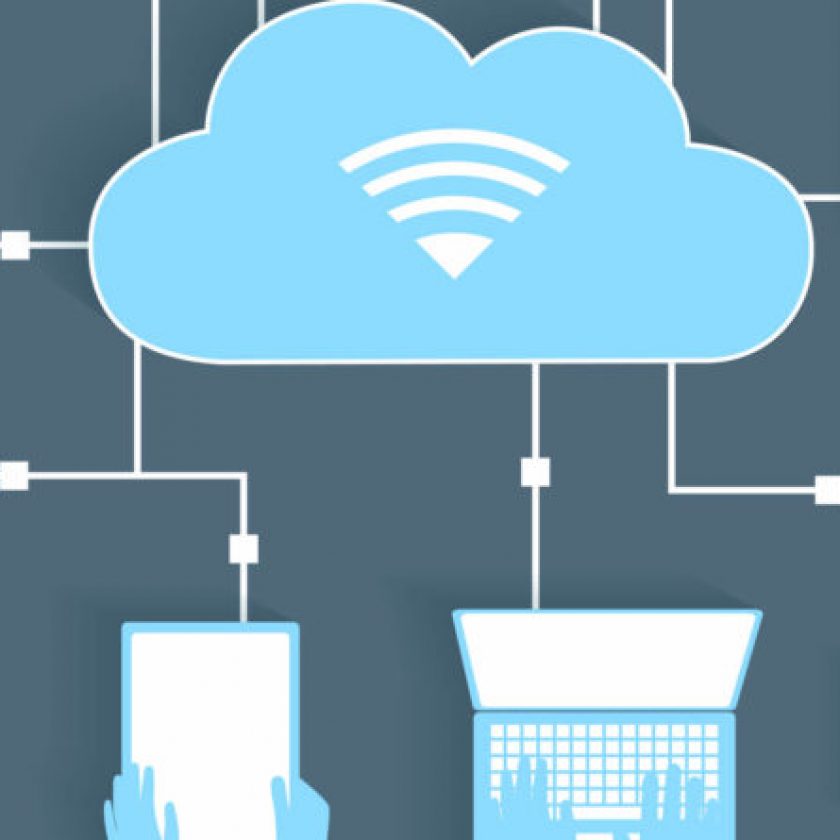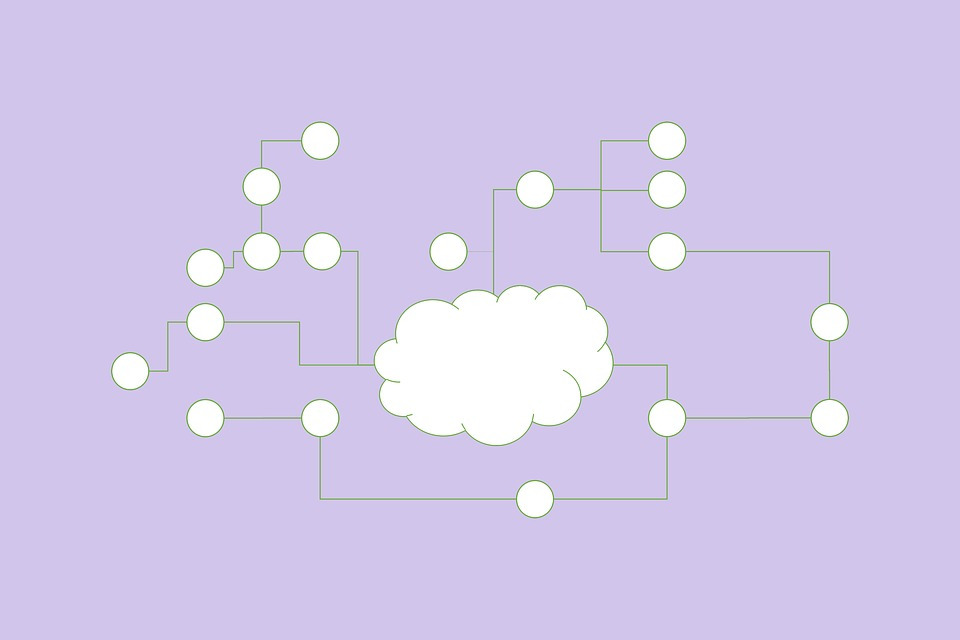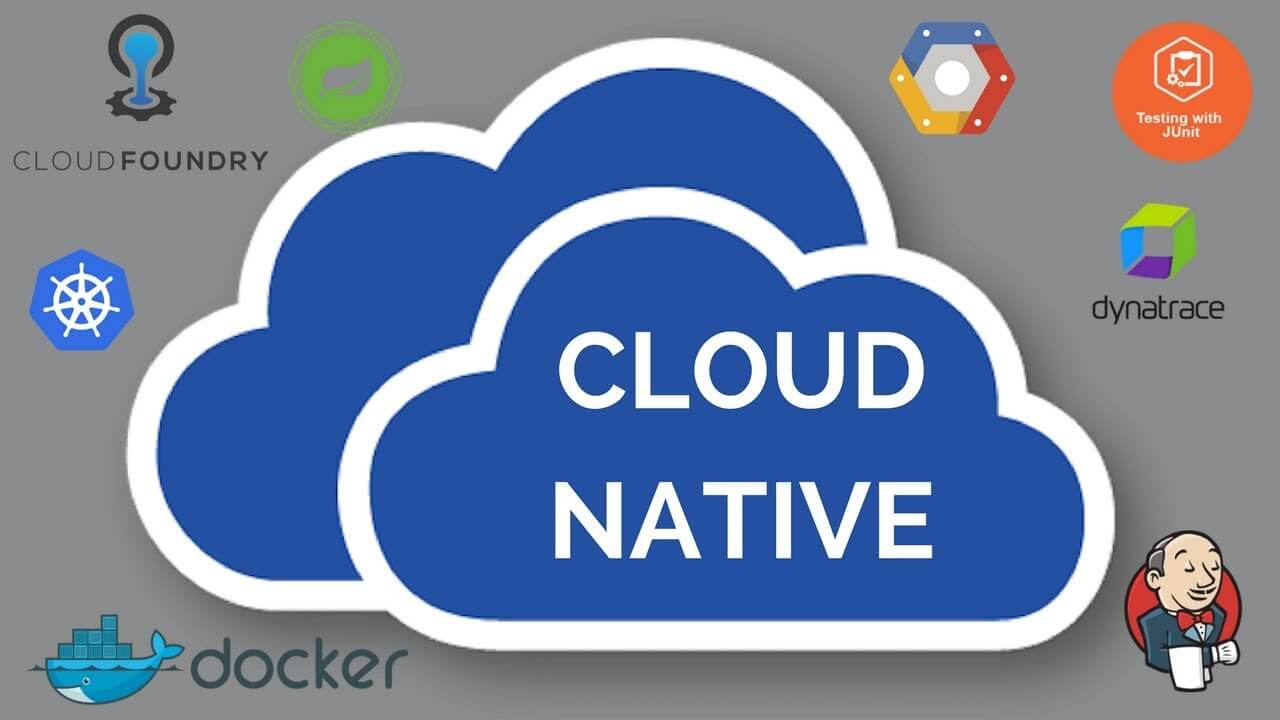Cloud-native computing make uses of modern day techniques that includes agile methodology, microservices, multicloud, Paas, containers and devops under various scales of development and deployment.
Cloud-native is currently one of the biggest trends in the software industry. It has changed the way we think about developing, deploying and operating software products at present.
But what exactly is “cloud native”?
Source : tahirrauf.files.wordpress.com
ClickIT Tech Smart Technologies, the Software Company that offers AWS consulting and cloud services, describes cloud native as:
“Cloud-native is an approach to building and running applications that utilizes the advantages of the cloud computing deployment and delivery models in stack.”
Cloud-native represents how applications are created and deployed. To companies, cloud-native fashion brings new ideas of implementation for quicker market response to ongoing customer demands.
Why Cloud Native Applications are important?
Source : www.israelvalley.com
A cloud native app architecture is specifically designed to run in the highly collaborative and distributed environment required by modern day cloud computing platforms,” says Alfonso Valdes, Chief executive officer with AWS and DevOps consulting firm ClickIT Tech Smart Technologies.
The codes in cloud-native applications are not hard-wired to any of the infrastructure components. It helps the app to embrace the immutable infrastructure concepts with ease in every situation of scaling up or scaling down of demands.
The development process cycle time decreases at a whole new recreational speed which is turned out to be most beneficial of cloud-native applications. Cloud-native development teams are able to use tooling and automation that streamlines DevOps, continuous integration and delivery (CI/CD) and testing.
In addition, they do not need to deal with the complexities of infrastructure, network monitoring or environment setup. With the proper implementation, Cloud Native development teams can reduce their development cycle time by 20%.
Is it predictable?
Cloud-native applications conform to a framework or “contract” designed to maximize resilience through predictable behaviors. The highly automated, container-driven infrastructure used in cloud platforms drives the way software is written.
How reliable and scalable cloud native applications are?
Source : i.ytimg.com
AWS migration experts, ClickIT Technologies are the cloud providers that continue to offer impressive services at reasonable costs. But most enterprises aren’t ready to choose just one infrastructure. With a platform that supports a cloud-native approach, enterprises build applications that run on any (public or private) cloud without modification. Teams retain the ability to run apps and services where it makes the most business sense.
Network and storage are not always parallel in the cloud. The term ‘re-platforming’ is typically the work to accommodate the differences in network, storage and database technologies to let the app to run in cloud infrastructure.
Elements driving success for cloud native applications.
Elements that characterize successful Cloud Native development teams are:
Microservices:
Microservice architecture delivers self-contained software modules or SaaS that represent a single business capability. Microservices can be individually developed, tested and deployed. By uncoupling individual capabilities in a large software application we are gaining flexibility. There is no need to chain down microservices into the complexities of larger applications.
A microservice should represent a single and discrete business capability. Cloud-native applications are a result of number of microservice, all working in unison to deliver a close-knit experience to the user.
Containers:
Containers are the cornerstone of Cloud Native computing.
Understanding the usual benefits of containers in the development process is easy to expect for an average developer. The main advantage is “Build once, run anywhere.” Your application will run inside the container. The container in turn runs on any system where the container runtime is installed. This concludes that there is no need to build the application for multiple types of hardware platforms or OS.
In containerization, the testing environment is identical to the application interface to be run in production. As a result, developers can have much more confidence that end users won’t experience problems that the QA team during testing phases.
Doing development with containers is perfect for microservices approach to app design and deployment. As containers provide operational decoupling, the different modules of the application or microservices can be deployed and scaled independently.
Development Automation
Source : medium.com
Cloud-native applications tend to ease the developers job with no longer spending time with tedious, repetitive and time consuming tasks.
By automating these functions or removing them through DevOps tools and development platforms, developers are able to focus on the value-add activities of developing software.
Conclusion
Cloud native applications help to stay ahead of your competition by enabling IT organization to deliver innovation at a faster pace in a cost-efficient way. In this article, we tried to define the top key elements for building cloud native applications.








